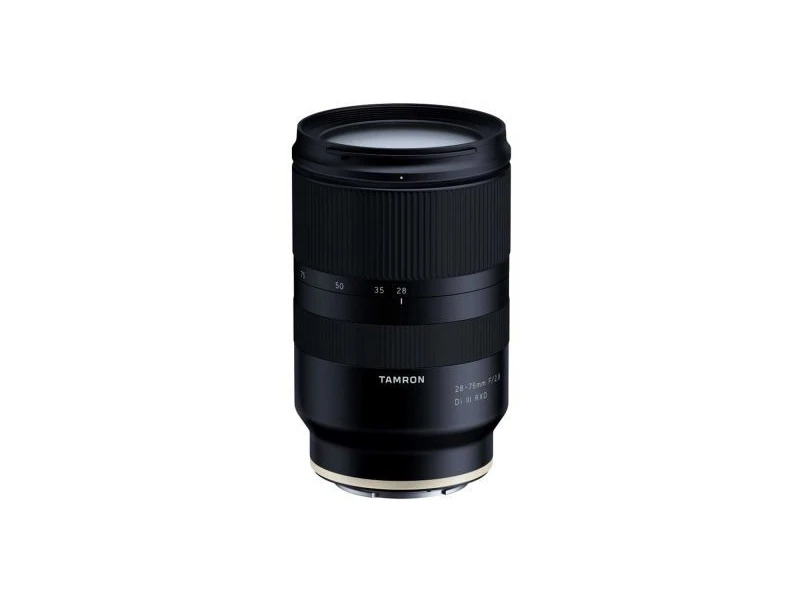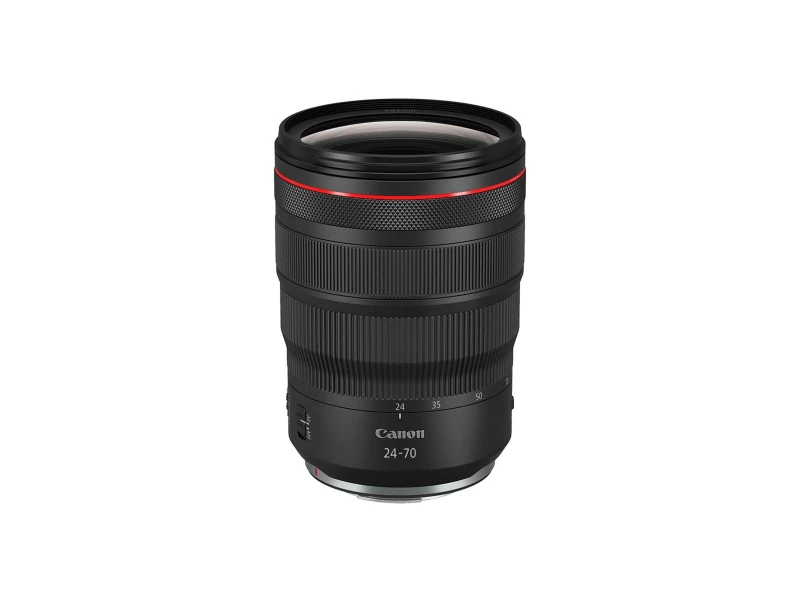Tamron 28-75mm f/2,8 DI III VXD G2 Sony E Mount (Sony E Mount) vs Canon RF 24-70mm F2.8L IS USM
Tamron 28-75mm f/2,8 DI III VXD G2 Sony E Mount (Sony E Mount) vs Canon RF 24-70mm F2.8L IS USM
When comparing Canon RF 24-70mm F2.8L IS USM and Tamron 28-75mm f/2,8 DI III VXD G2 Sony E Mount (Sony E Mount), which one is better?
1. Lens Mount Comparison
The lenses each feature different lens mounts — the Tamron 28-75mm f/2,8 DI III VXD G2 - (Sony E Mount) features a Sony E while the Canon RF 24-70mm F2.8L IS USM features a Canon RF — and because of this the preference varies. If you have a compatible camera, then of course that lens will be a better choice for you.
Winner: Tied — It depends on your gear
Regarding lens mount: Popular lens mounts are Canon RF and EF, Micro Four Thirds and Nikon Z. Different lens mounts lets you connect different lenses to camera bodies, but some might not be compatible. This can be helped by using an adapter, like a Canon EF to RF adapter.
2. Largest Aperture Comparison
Both lenses share the same aperture of 2.8 — this means that you may buy both Tamron 28-75mm f/2,8 DI III VXD G2 - (Sony E Mount) and Canon RF 24-70mm F2.8L IS USM in this regard; they''re the same.
Winner: Tied
Regarding largest aperture: A lower aperture number means that the widest aperture on the lens is larger. This means that more light will hit the sensor and also that the depth of field will be shallower, better separating your subject from the background.
3. Anamorphic Comparison
Neither Canon RF 24-70mm F2.8L IS USM or Tamron 28-75mm f/2,8 DI III VXD G2 - (Sony E Mount) are anamorphic lenses.
Winner: Tied — Neither have this feature
Regarding anamorphic: Anamorphic lenses are usually used on cinema cameras and squeezes the image when its recorded, which gives the final, stretched out, image oval bokeh and a different angle of view. The most common lenses, however, are not anamorphic but spherical, which gives a spherical bokeh and is a much cheaper lens design.
4. Lens Type Comparison
Both lenses are Zoom lenses, which means that you can choose both Tamron 28-75mm f/2,8 DI III VXD G2 - (Sony E Mount) or Canon RF 24-70mm F2.8L IS USM if you're looking for that type of lens.
Winner: Tied
Regarding type: There are two types of lenses; zoom lenses and prime lenses. Prime lenses have a fixed focal length and cannot be zoomed, while zoom lenses have a focal length range and can be zoomed in to get closer to the subject. Prime lenses are usually lighter, cheaper and let in more light. Zoom lenses are more versatile but are more expensive since they require a more advanced lens design.
Specifications
Full specifications table of Tamron 28-75mm f/2,8 DI III VXD G2 Sony E Mount (Sony E Mount) and Canon RF 24-70mm F2.8L IS USM:
| Tamron 28-75mm f/2,8 DI III VXD G2 - (Sony E Mount) | Canon RF 24-70mm F2.8L IS USM | |
 |  | |
| Brand | Tamron | Canon |
| Weight | Missing | 900 g |
| Lens Mount | Sony E | Canon RF |
| Focal Length | 28 - 75 mm | 24 - 70 mm |
| Largest Aperture | 2.8 | 2.8 |
| Anamorphic | No | No |
| Minimum Focus Distance | Missing | 21 cm |
| Type | Zoom | Zoom |
| Aperture Range | Missing | 2.8 - 22 |
| Filter Thread Diameter | Missing | 82 |
| Lens Groups | Missing | 15 |
| Lens Elements | Missing | 12 |
| Image Stabilization | Missing | Yes |
| Autofocus | Missing | Yes |
| Macro | Missing | No |
| Weather Seal | Missing | Yes |
| Full Frame Coverage | Missing | Yes |
| Lens Hood Included | Missing | Yes |
